RLB 1st Pattern Lower Ranks Dagger
SKU: 56.GOR.04.003
Estimated market value:
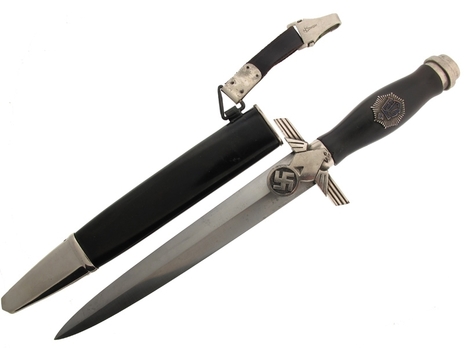
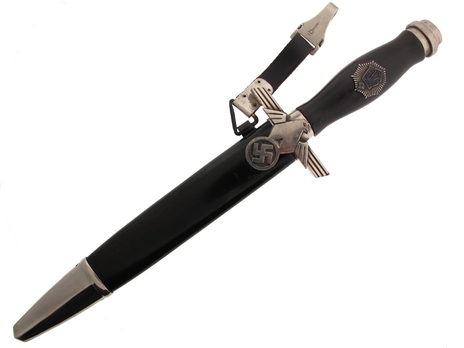
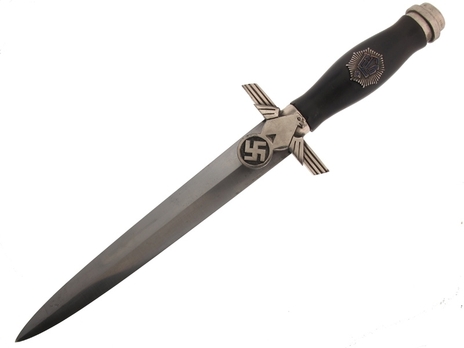
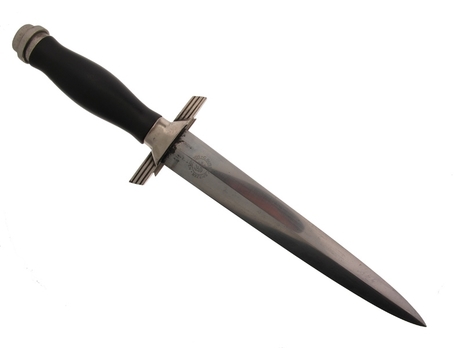
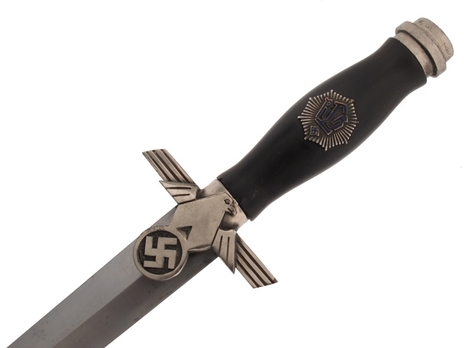
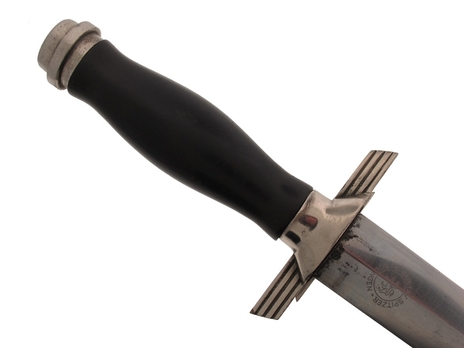
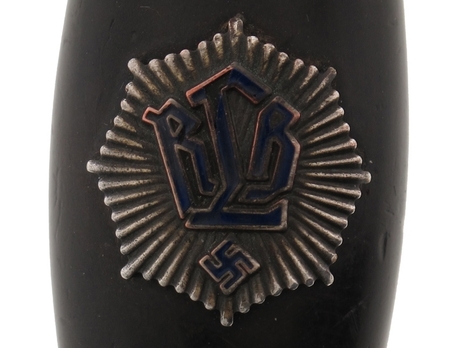
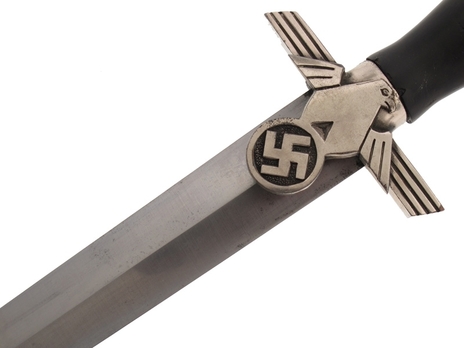
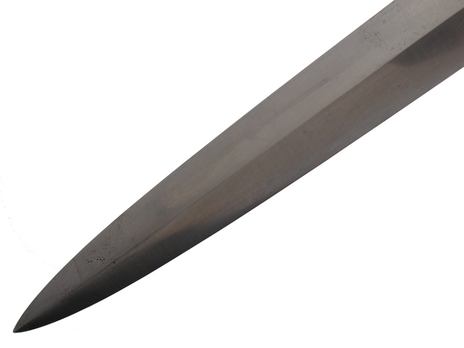
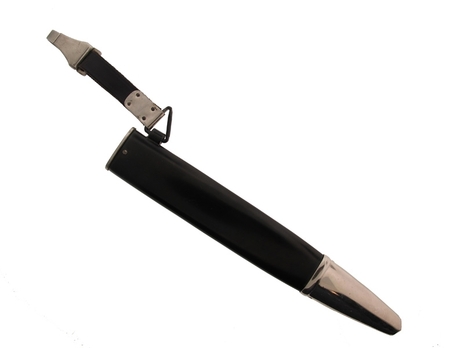
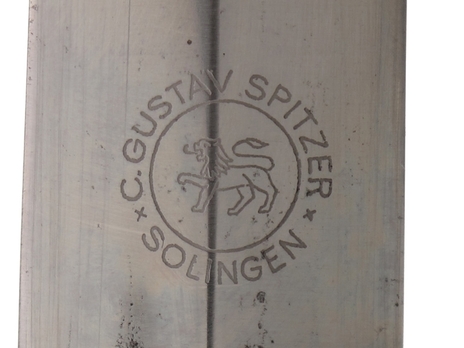
Estimated market value:
Attributes
History
Air raid protection organisations existed during the time of the Weimar Republic in the 1920s. However, in preparation for a coming war, a greater need for a centralised organisation under NSDAP control arose. It was established mere months after the NSDAP took control of Germany. The Reichsluftschutzbund (National Air Raid Protection League) or RLB was founded on April 29, 1933 under the control of Hermann Göring as Minister of Aviation. Naturally, its leader, as well as the nature of the organisation’s tasks, meant that the RLB would always have close ties to the Luftwaffe. All previously founded air raid protection organisations ceased to exist or were forcefully absorbed into the RLB.
The RLB’s function was to train the public on how to prepare for and deal with enemy air raids, and act as a supervisor of civil protection and defense, for both private homes and for places of work. Therefore, the RLB’s focus was split up into what was referred to as Selbstschutz (self-defense) for homes and Erweiterter Selbstschutz (extended self-defense) for places of work. Air raid protection of industry that was deemed essential to the war effort was referred to as Werkluftschutz (Factory Air Raid Protection) or WLS.
The core of the organisation was made up of high-ranking Luftwaffe officers (the RLB leader was always a Luftwaffe General) and a number of full-time salaried RLB members. These professional RLB members made up only a minority of the organisation, since the vast majority of members were, in fact, volunteers. Eventually, a law passed on June 26, 1935 made it a legal duty for almost everybody to receive training by the RLB.
In May of 1937, the Sicherheits- und Hilfsdienst (Security and Assistance Service) or SHD was founded. This was meant as a sister organisation of the RLB made up of professionals rather than amateurs, including firefighters, medical personnel, and specialist troops like public utilities repair service, gas decontamination service, or salvage crews.
At the same time, the Luftschutzwarndienst (Air Raid Warning Service) or LSW was founded. It was intended as an intermediary between the Flugmeldedienst (Flight Message Service) and the air raid protection organisations. The Flugmeldedienst was responsible for spotting enemy aircraft and determining their likely targets, so the population could receive a warning before an attack was carried out.
The SHD was split in the spring of 1942, with the Luftwaffe taking control of its mobile (motorised) units, and the Police taking control of its static units under the name of Luftschutzpolizei (Air Raid Defense Police).
The water-related units were formed into a new organisation, the Wasserstraßenluftschutz (Waterways Air Defense) or WSL. This organisation was entirely separate from and not affiliated with the Wasserschutzpolizei, the Water Protection Police. The WSL’s creation was officially announced on June 1, 1942.
RLB daggers were introduced in 1935. They were only worn by full RLB employees, never by volunteers. However, just because an RLB member was eligible to wear the RLB uniform didn’t mean they were immediately eligible to wear the dagger as well. Daggers were specially bestowed and thus had to be earned. The qualifications necessary are unknown.
The daggers worn by Officers were generally of the same design as those worn by lower ranked members, however, a few differences exist.
Officer daggers measure 40cm in length. They feature a black leather grip, a longer cross-guard than on daggers for lower ranks, and a more elaborate pommel. The accompanying scabbard was clad in black or dark blue leather.
The daggers worn by members of the lower ranks only measured 36cm in length. The grip was made of black wood and the scabbard was painted black.
All daggers initially featured the 1st pattern RLB starburst emblem in metal attached to the grip. The emblem features the blue letters “RLB” with a small swastika underneath. These 1st pattern daggers were worn suspended by means of a single leather strap attached to the scabbard fittings.
In October of 1938, the 2nd pattern was introduced. It featured the new 2nd pattern RLB starburst emblem featuring a large black swastika and was worn suspended by a double strap. The hangers were made of dark blue or black leather and white metal fittings.
The leader of the RLB wore a dagger of the same design, but with gilt rather than silver fittings.

Versions
$2,600 USD
This example was sold by eMedals for $3,200 in 2012.
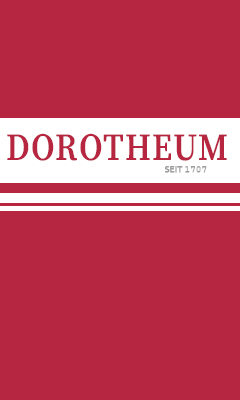

Comments
Sign in to comment and reply.


Scroll Top